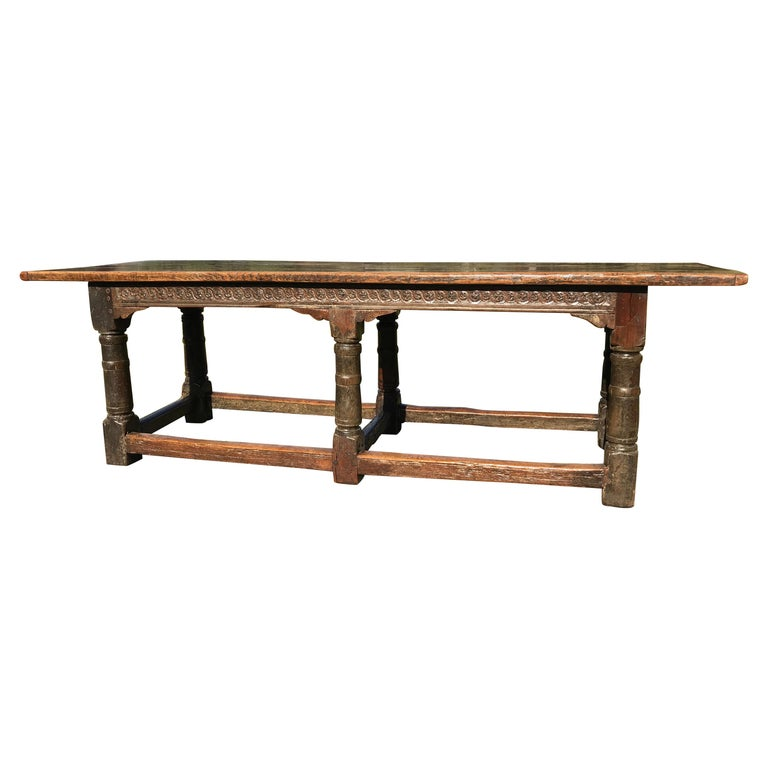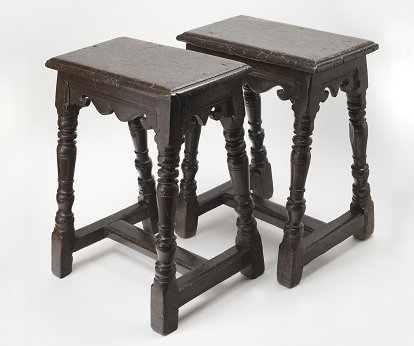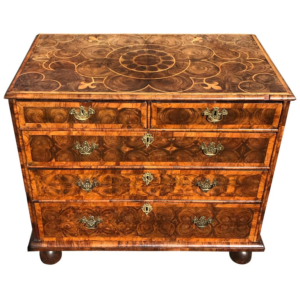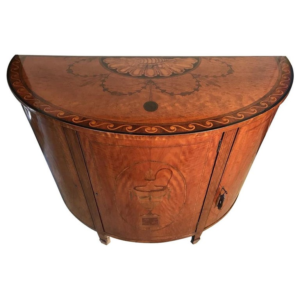This quite basic information is largely for the benefit of our younger group of client/collectors. This group is growing in number.
We are introducing classic and sophisticated pieces of antique furniture and objects, with a degree of refinement, into their predominantly contemporary interiors.
Tips for a beginner:
As a simple rule of thumb when dating furniture to a particular period it is useful to understand the historic use of woods available.
The earliest period consisted of simple robust furniture made by joiners from mature oak grown on the estate.
Namely, by way of example, plank-top refectory tables with joint stools or long benches. In the run up to circa 1500 we see the emergence of stools with added backs that evolved into wainscot chairs, and accordingly into seating forms readily recognisable today..
Note the evolution of styles, in this case we show examples from the 17th century, into the early 19th century:





With the increase in prosperity, and the accession of Charles ll, walnut furniture emerges. It is costly, requiring skilled cabinet-makers rather than estate joiners.
At the time of Queen Anne (1702-14), walnut furniture reached an amazing degree of sophistication, and is now much sought after. It is now increasingly rare. Fundamentally walnut did not survive well due to damp floors and woodworm.
The first imports of mahogany particularly from the West Indies came into the country around 1700, and rapidly grew in popularity. A little later costly exotic woods such as satinwood and rosewood, to name but a few, became available.
Mahogany of varying origin and quality continued to be popular right up to the present day, with the best and most durable species appearing in the first quarter of the 18th century.
For further reading – not just for novices – we highly recommend:
History of English Furniture by Percy Macquoid – AbeBooks
https://www.abebooks.co.uk/…/title/history-of-english-furniture/author/percy-macquoid
And the inimitable and hugely experienced late Arthur Negus:
‘A Life Among Antiques: Arthur Negus Talks To Bernard Price’ (1982).
‘Going for a song’ [sic]
A Tour of Twelve Great Country Houses: Arthur Negus …
https://www.amazon.com/Tour-Twelve-Great-Country-Houses/dp/B005GZ3GPK
Not forgetting an hour or two well spent at London’s Victoria & Albert Museum.



